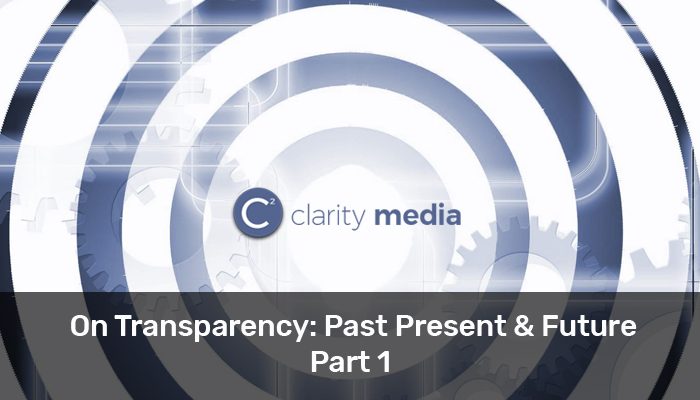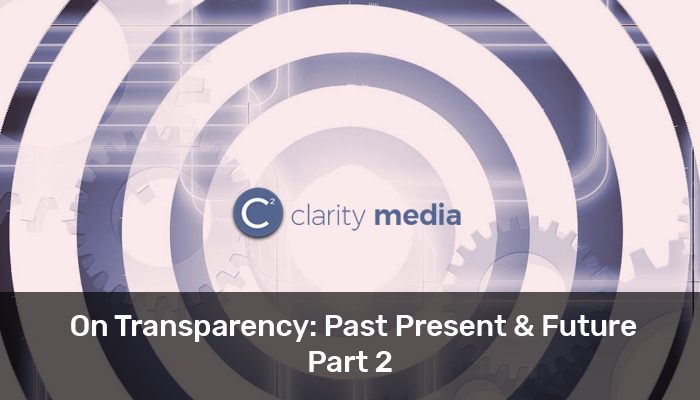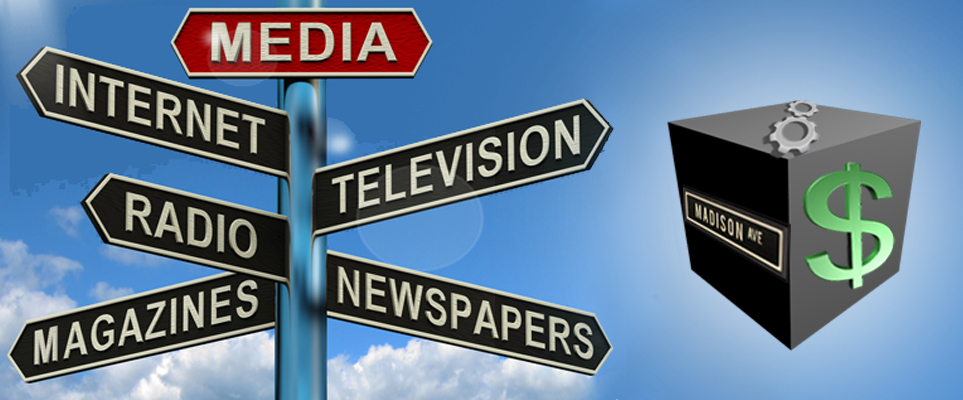Technology Brings Transparency. Usually

In the age of a personal user being able to login with a single sign-on (usually Facebook or Google) can see all media they have posted. Additionally, they can share/send/download and even edit in some cases along with all of the meta-data associated with it (creation date/who is in it/where it was taken/custom fields) all for free. I can even connect two completely different platforms easily with a couple of clicks and have them share information. So…
Why is it that in the advertising lifecycle is this so difficult for the suppliers/agencies to provide the same type of capabilities/services at a fee?
Sadly, more often than not. It’s not in their interest to do so.
Why?!!! Several Reasons…
1. Strategically
Client Retention – If it is easy to move materials and information in and out of their systems it is easy for someone to move to a competitor.
Controlling the Narrative- Information/Reporting on all points of the supply-chain can be curated for client consumption. Also, the simplicity of execution of parts of the supply chain can be obfuscated. Additional Revenue Opportunities – If there are no avenues for full supply chain overview/integration of information/services digitally then this results in “white glove” services and fees.
Control of Supplier Relationships aka “Gatekeeper Status”- If the systems are kept closed then they can dictate preferential status and site integration difficulty and additional costs for doing so.
2. Technologically
Reliance Upon Legacy Systems- Systems that in some cases are decades out of date and have been modified to keep up but, are no longer capable of answering today’s information on demand or speaking with new systems. Lack of Technological Understanding at Senior Levels – Many organizations just have not invested in the top, innovative technical talent to meet the challenges or have made decisions to move forward with platforms or technologies that do not fit the needs of the supply chain. It mystifies that in Broadcast Distribution circles that the idea that digital video spots are not the entire world of online advertising. In fact according to the Pew Research Center as of 2015 banner ads(display) still were the biggest spend at $11.8B online video came in a far second at $7.6B near the same as Rich Media $5.6B. (see chart below)
5. Organizationally
A.) LACK OF WILL TO INVEST/EVOLVE TECHNICALLY
Why spend the money if we can keep the costs. For example 6 years ago an executive in broadcast distribution operations was heard to say “No one will completely send digital in this business.”
B.) LACK OF VISION FOR THE FUTURE
The pace of change in advertising technology (consumption/delivery) and how it is evolving in the face of the digital revolution is continually accelerating. Unarguably the convergence of online advertising/digital video and broadcast is approaching fast. Few are looking beyond that horizon in terms of development instead are still developing for what is now. Which will be yesterday’s technology next year.
It’s Not All Doom And Gloom…
Some suppliers are starting to provide reporting metrics covering efficiency in creative workflows such as actual usage of creative versions in delivery cutting the waste of producing spots that sit unused sometimes up to 40% cutting costs for advertisers.
There are advertisers and suppliers taking action in some cases. Some advertisers are taking control and insisting that all suppliers at least integrate data/materials workflows with their internal systems (e.g. purchasing/buying systems/asset management.) This is where the advertiser responsibility is to put the pressure on vendors/suppliers to be more transparent to have their business.
How do I take control and assess the technology involved in my workflow?
Start with these Questions:
-
Am I able to get “real-time” information on the status of my supply chain?
-
Are there tools such as BI tools that would allow me to aggregate information on my supply chain from my suppliers and get me control of the information narrative?
-
How does my organization rate in terms of technological capabilities in terms of managing my supply chain?
-
Are my suppliers capable of further integration providing more information and capabilities for me?












